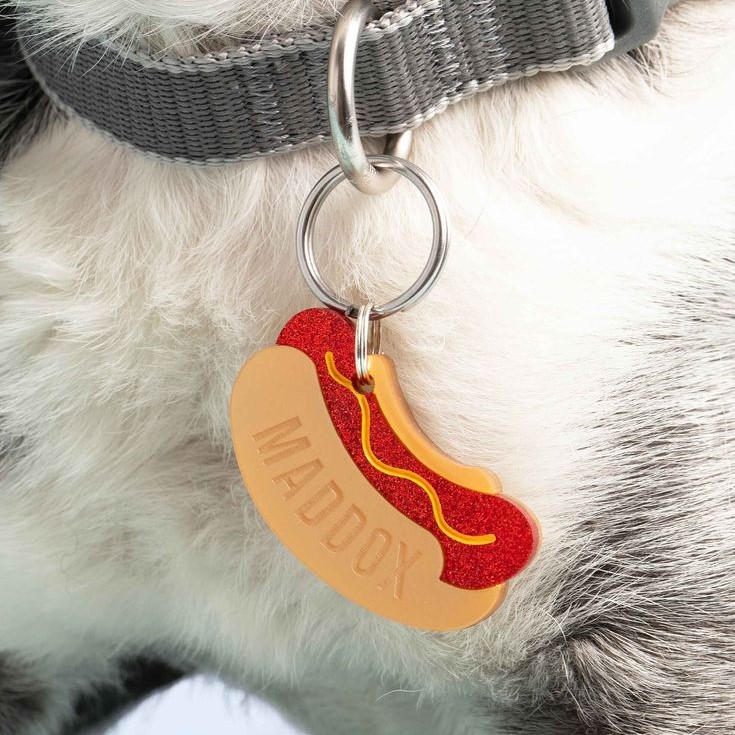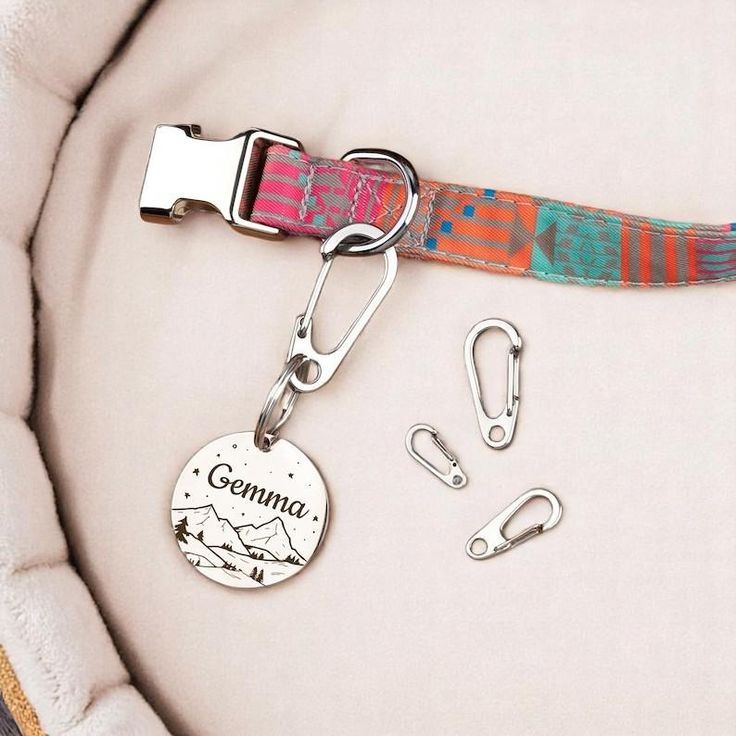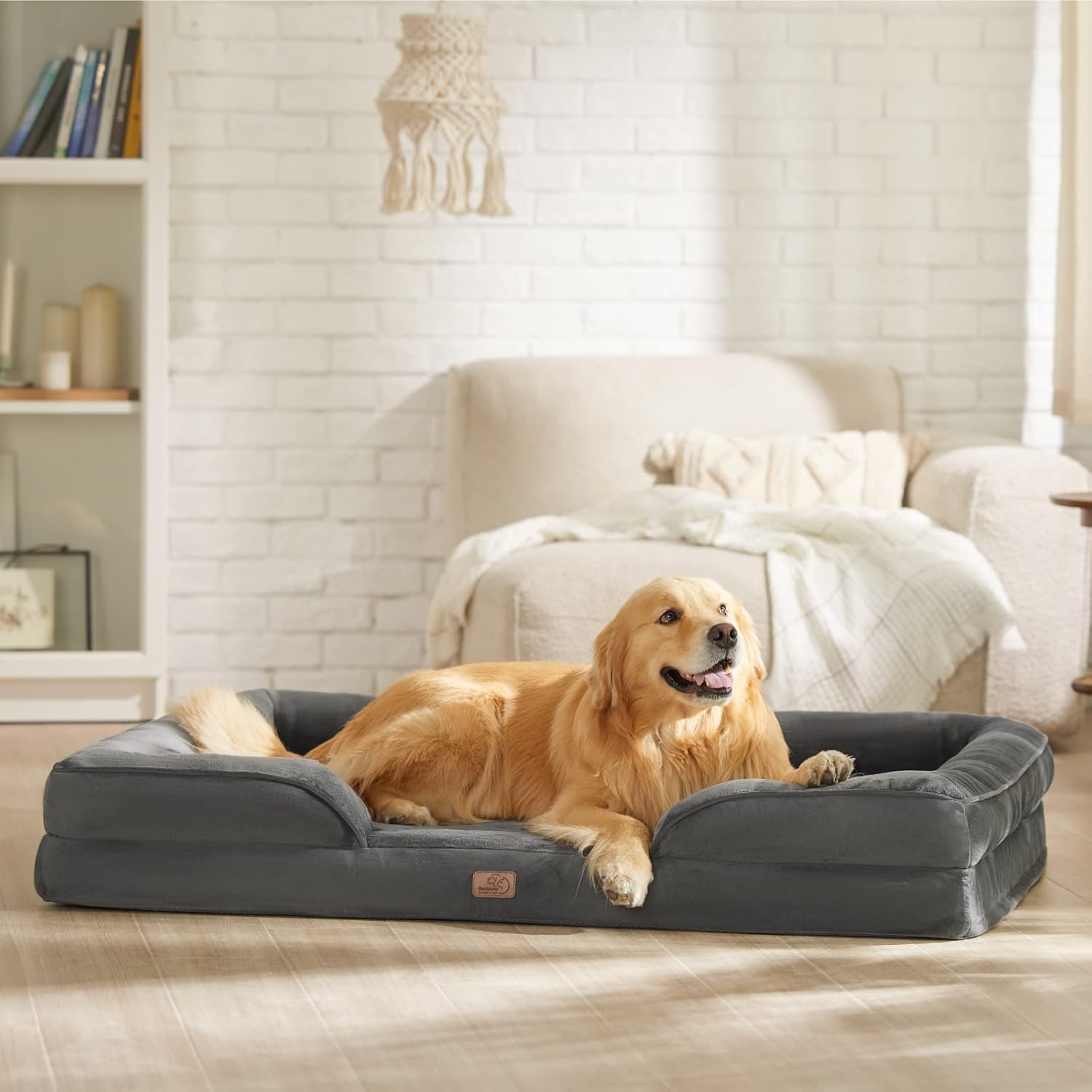Importance
Pet ID tags are crucial for every pet’s safety. They work as a simple, effective way to protect your furry friend. From helping lost pets reunite with owners to preventing unnecessary stress, the pet id tag is a lifesaver.
Why Every Pet Needs an ID Tag
Accidents happen, and pets can slip away unexpectedly. A visible ID tag can quickly help good samaritans or animal control identify your pet and contact you. Without a tag, finding a lost pet becomes challenging. Moreover, ID tags provide immediate information about your pet, unlike microchips that require a scanner. They reassure strangers that your pet has a responsible owner.

Statistical Benefits of Pet Identification
The data supports the importance of pet ID tags. Studies show that pets with ID tags are more likely to be reunited with owners. According to professional reports, nearly 90% of tagged pets return home safely. Shelter data also indicates animals with tags spend less time in shelters. These statistics demonstrate how a small investment in an ID tag can significantly impact your pet’s safety.
Types of Pet ID Tags
Choosing the right type of pet ID tag is essential for your pet’s safety. With different options available, you can find a tag that suits your needs and preferences. Below are the main types of pet ID tags to consider.
Standard Metal Tags
Standard metal tags are the most common and traditional choice. They are typically made of durable materials like stainless steel, brass, or aluminum. These tags are engraved with your pet’s information, such as name and contact details. Their durability makes them ideal for pets who are active or adventurous. With proper care, they can last for years without much wear and tear.
QR Code Tags
QR code tags add a modern twist to pet identification. They link to an online profile for your pet, which can contain detailed information such as medical history, additional contact numbers, and even photos. When someone scans the QR code with a smartphone, they gain immediate access to this valuable information. These tags are great for tech-savvy pet owners and provide much more data than traditional tags.
GPS-Enabled Tags
GPS-enabled tags offer advanced tracking features that help locate a lost pet quickly. They often come with a built-in GPS tracker and connect to your smartphone via an app. Some even provide real-time updates on your pet’s location. These tags are ideal for pets who tend to roam far from home. Although they are more expensive, they offer peace of mind for pet owners who want advanced safety solutions.
Materials Used in Pet ID Tags
Choosing the right material for a pet ID tag is crucial for durability and comfort. Different materials offer unique benefits, allowing pet owners to select the most suitable option.

Durable Metals such as Stainless Steel
Stainless steel is one of the most popular choices for pet ID tags. It is highly durable, resistant to rust, and does not easily bend or scratch. These tags are ideal for pets that are active and adventurous. Brass and aluminum are also commonly used metals. Brass offers a classic look, while aluminum is lightweight and budget-friendly. Metal tags are long-lasting and ensure your pet ID tag remains intact through rough use.
Plastic and Silicone Options
Plastic and silicone tags are excellent for pets that prefer lightweight and soft options. These materials are quiet, reducing the clinking noise during movement. Silicone tags, in particular, are very flexible and comfortable for pets with sensitive skin. While these tags may wear out faster than metal, they are cost-effective and easy to replace. They also come in a variety of bright colors, making identification easier.
Eco-Friendly and Recyclable Materials
Eco-conscious pet owners can opt for ID tags made of recycled or biodegradable materials. These tags are great for reducing your carbon footprint. Materials like bamboo or recycled plastics provide an eco-friendly yet functional alternative. While not as durable as metal, they are sufficient for indoor pets or those with minimal contact with harsh environments. Choosing such tags helps the environment while still ensuring your pet’s identification needs are met.
Information to Include on a Pet ID Tag
Including the right information on a pet ID tag ensures your pet’s safety. Clear and concise details speed up the process of reuniting lost pets with their owners. Below are the essential and optional details to consider adding to your pet’s tag.
Pet?s Name
Your pet’s name is the first detail to include. It creates a friendly connection between your pet and the finder. A tag with a name makes it easier for a stranger to call and calm your pet. This simple addition can make your pet feel more comfortable if approached.
Contact Numbers
Your current phone number is vital. It should be the most reliable number for you. Adding an alternate phone number ensures backup communication if one isn’t reachable. Ensure these numbers are always legible and updated if they change.

Address Details
Including a partial or full address is helpful. A city or neighborhood name can point the finder in the right direction. For privacy reasons, avoid listing exact house numbers unless you feel comfortable. An address helps finders return pets without delay.
Optional Medical Information
If your pet has medical needs, include details like “Diabetic” or “Needs Medication.” This ensures proper care until you’re contacted. It’s especially helpful for pets with allergies, chronic illnesses, or specific requirements. This optional information shows your commitment to their wellbeing.
Customization Options for Pet ID Tags
Customizing a pet ID tag allows you to add a personal touch while ensuring practicality. There are several ways to make a tag unique and functional based on preference, style, and your pet’s needs.
Engraved and Laser-Etched Designs
Engraved and laser-etched designs provide clear, durable text for your pet ID tag. Engraving scratches the surface, ensuring the information remains legible for years. Laser etching offers precision and a sleek finish. Both methods keep essential details visible, even after prolonged use. These options suit pet owners seeking durability and sophistication for their pet’s tag.
Shapes, Sizes, and Colors
Pet ID tags come in various shapes, sizes, and colors to match your pet’s personality. Common shapes include circles, bone designs, and hearts. Smaller tags are ideal for cats and small dogs, while larger tags suit bigger pets. Bright colors can make tags more noticeable, aiding identification. Choosing the right size and color ensures comfort for your pet and quick readability.
Fun and Creative Personalizations
Creative personalizations turn a typical ID tag into a fun accessory. Add quirky phrases or emojis for a playful touch. You can include charms, glitter finishes, or patterns that reflect your pet’s style. While being decorative, these tags must still prioritize key information for safety. Fun designs let your pet stand out while fulfilling practical needs.
How to Choose the Best Pet ID Tag
Selecting the ideal pet ID tag is an important decision for every pet owner. Ensuring your pet’s comfort, safety, and identification is key. With various options available, it’s crucial to consider multiple factors before making a choice.
Assessing Your Pet’s Needs
Start by evaluating your pet’s lifestyle and habits. Is your pet very active or often indoors? Active pets require durable tags that can withstand rough handling. For indoor pets, lighter or more stylish tags may suffice. Always prioritize a tag that matches your pet’s size and personality. Small pets may need compact, lightweight tags, while bigger pets can handle heavier ones.
Consider your pet’s health and behavior. Tags with added medical information are essential if your pet has special needs. Behavior traits, like being a frequent wanderer, might make GPS-enabled tags a better option.
Durability and Longevity
The durability of a pet ID tag is critical for long-term use. Strong, rust-resistant materials like stainless steel ensure the tag stays intact through wear and tear. Laser-etched or engraved tags are less likely to fade, keeping information readable over time.
If your pet loves the outdoors, choose tags that can handle extreme conditions. For younger or playful pets, consider reinforced designs that resist scratches and bending. Durability guarantees peace of mind, knowing your pet’s identification remains secure.
Budget Considerations
Budget is another important factor when choosing a pet ID tag. Prices range from affordable metal or plastic tags to premium GPS-enabled ones. Decide how much you’re willing to spend based on the tag’s features and lifespan.
Simple metal tags are cost-effective and offer great durability. QR code and GPS tags, while pricier, provide advanced tracking and detailed pet information. Plastic or silicone tags are budget-friendly options for indoor pets or temporary needs. Opt for a tag that balances affordability and functionality without compromising safety.
Maintenance and Replacement of Pet ID Tags
Proper care and timely replacement of your pet ID tag ensure its longevity and effectiveness.
Cleaning and Care Tips
- Regular Cleaning Is Vital: Clean your pet’s ID tag every month to prevent dirt buildup. Use warm, soapy water and a soft cloth to gently wipe away grime.
- Check for Damage: Inspect the tag for scratches, rust, or faded lettering. Damages can make your tag hard to read.
- Use Protective Coatings: Apply a clear nail polish coat to protect engraved details from fading over time.
- Avoid Harsh Chemicals: Choose gentle cleaners to keep the tag’s material from wearing out prematurely.
- Check the Tag’s Attachment: Ensure the ring or clasp securing the tag is tight and not about to break.
When to Replace a Worn Tag
- Fading Information: Replace the tag if the name or contact details are unreadable. Clear information is crucial for your pet’s safety.
- Structural Wear and Tear: Cracks, rust, or bent tags cannot serve their purpose. Replace them promptly.
- Updated Information: Update your tag immediately after changing your phone number or address. Current info is essential.
- Lost Tags: Replace a lost tag as soon as possible. A missing tag compromises your pet’s safety.
- Routine Upgrades: Even without visible wear, consider replacing a tag every two years to ensure durability.
Caring for your pet ID tag is an important part of responsible pet ownership. A well-maintained tag safeguards your pet effectively.
Benefits of Using Advanced Pet ID Solutions
Advanced pet ID solutions offer innovative ways to enhance your pet’s safety and identification. By combining technology with traditional methods, these solutions provide convenience, accuracy, and peace of mind for pet owners.
Comparing Traditional Tags to Technological Tags
Traditional Tags:
- Traditional pet ID tags are simple and affordable.
- They rely on engraved or printed contact information.
- These tags are durable but offer limited details.
- They are best for basic identification needs without complex features.
Technological Tags:
- Technological tags include QR codes, GPS trackers, and smart devices.
- QR code tags provide access to detailed online profiles.
- GPS-enabled tags allow real-time location tracking for lost pets.
- These tags store critical information like medical history and alternative contacts.
- They are more expensive but offer additional features for added security.

Key Differences:
- Traditional tags are physical and require no technology to access.
- Technological options depend on smartphones, apps, or the internet.
- Modern tags are ideal for tech-savvy owners or pets prone to wandering.
Future Trends in Pet Identification
- Integration with Wearable Devices:
- Future pet IDs may combine tags with health monitoring.
- Devices could track activity, heart rate, and location simultaneously.
- Biometric Pet Recognition:
- Technology like facial recognition may replace physical tags.
- This innovation offers quick identification without physical accessories.
- Enhanced QR and NFC Technologies:
- Upgraded QR and NFC tags could sync with public pet databases.
- Enhanced tags may allow two-way communication for faster pet recovery.
- Sustainable Materials:
- Eco-friendly pet ID tags made from biodegradable materials are gaining popularity.
- Future designs will likely combine sustainability with advanced features.
- Smarter GPS Features:
- Upcoming tags may introduce geo-fencing and custom alerts for specific zones.
- These features will notify owners if pets enter restricted areas.
Using advanced pet ID solutions ensures that your pet remains safe in the modern world. Combining technology with practicality offers greater reliability and peace of mind.
Conclusion
A pet ID tag is one of the most essential tools for every pet owner. It provides a quick and reliable way to identify your pet and contact you if they get lost. From basic metal tags to advanced digital options, there are many choices available to suit different needs and budgets.
Throughout this guide, we’ve explored what a pet ID tag is, how to choose the right one, the benefits of using it, and the common mistakes to avoid. We’ve also discussed how to maintain and update your pet ID tag and looked at the future of pet identification technology.
No matter what type of pet you have, a pet ID tag is a simple but powerful investment in your pet’s safety. It gives them a better chance of being found and returned to you quickly. By taking the time to understand and use a pet ID tag properly, you can help ensure your pet’s well-being and give yourself peace of mind.
Remember, a pet ID tag is not just a piece of jewelry. It’s a lifeline for your pet. Make sure it’s always up to date, visible, and attached securely. With the right pet ID tag, you can protect your beloved companion and enjoy the journey together.










